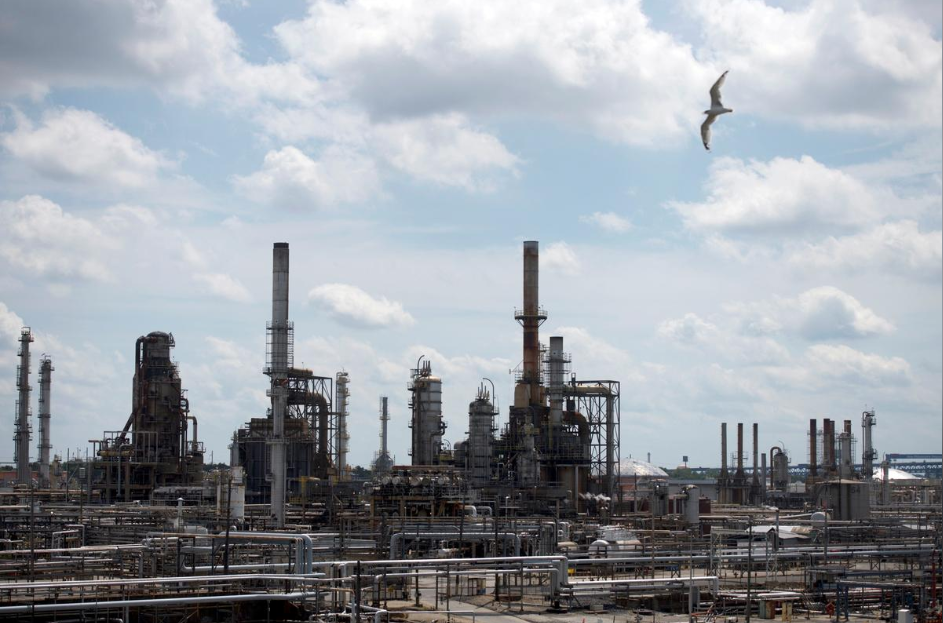PHILADELPHIA (Reuters) – How did a piece of piping installed when Richard Nixon was U.S. president go without once being checked before leading to a fire that devastated the East Coast’s largest and oldest oil refinery?
That’s a question safety experts and activists are putting to regulators after the devastating fire at the Philadelphia Energy Solutions (PES) refinery in June, worried more disasters are waiting to happen in an industry reliant on old equipment.
Last year, U.S. refiners processed nearly 17 million barrels of crude oil every day, the most in the country’s history as it cashes in on a boom in shale oil.
But many have decades-old infrastructure, risking outages that could cost the industry billions.
The PES refinery is one of nearly 30 in the United States that are more than a century old, while a Reuters review of over 100 operating U.S. refineries that process more than 10,000 barrels of crude oil a day showed they are on average 80 years old. [GRAPHIC: Aging U.S. refineries: tmsnrt.rs/33guhA8]
Refineries frequently update their systems and replace old parts, but the PES fire, along with incidents in Washington state and California earlier this decade, stemmed from equipment installed in the 1970s that had been allowed to run to failure, according to U.S. Chemical Safety Board (CSB) reports.
The suspected cause of the PES explosion has raised fears about future incidents because of the leeway given to refiners for inspecting parts, and because some older equipment is exempt from more stringent standards for newly installed parts.
“A lot of these refineries around the U.S. are quite old now,” said former CSB managing director Daniel Horowitz, who left the agency last year. “That doesn’t mean that every single piece of equipment dates back to the founding, but they are old and eventually all sorts of components can fail.”
The June 21 Philadelphia blaze was linked to corroded piping that had not been checked since it was installed in 1973, according to the CSB’s initial findings. The fire is still under investigation by the CSB and other public agencies.
It caused a fuel leak and explosions that sent toxic hydrofluoric acid (HF) into the air and hurled debris the size of a tractor-trailer across a nearby river, the CSB’s report said.
Shortly after the fire, PES filed for bankruptcy protection.
Failing, decades-old equipment also sparked a 2010 Tesoro refinery explosion in Anacortes, Washington, that killed seven people, and a Chevron refinery blast in Richmond, California, two years later, according to past CSB reports.
Source: Reuters







Leave A Comment